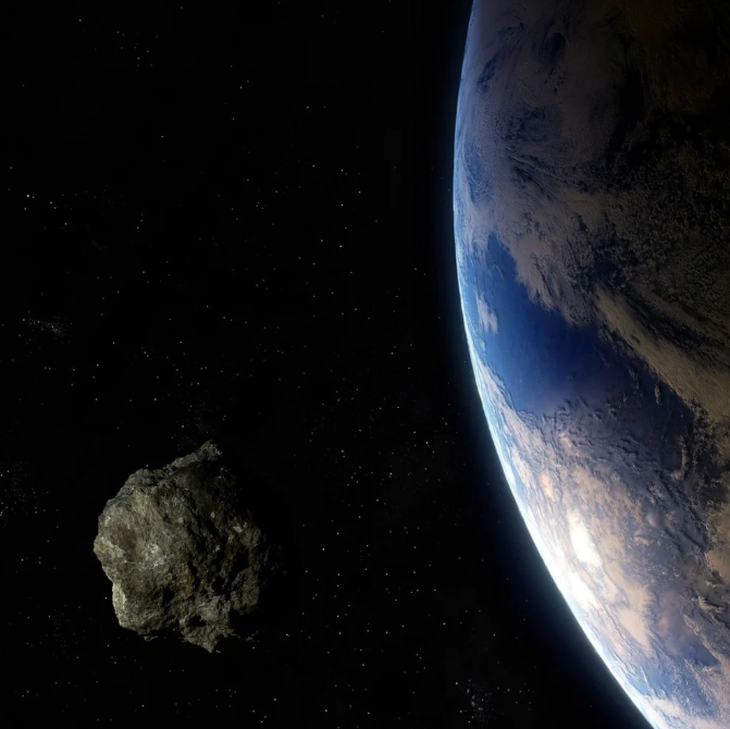
Many scientists believe that this idea is theoretically feasible, but more analysis and preparation is needed before turning it into practical action - Photo: AI
Asteroid 2024 YR4 was discovered in December 2024 and quickly attracted attention when initial observations showed that it had a fairly high risk of colliding with Earth with a probability of up to 3.1%.
At about 55 meters in diameter, it is large enough to destroy a city. Additional data in early 2025 has clarified that the chance of hitting Earth is very low, only about 0.28%. Instead, the asteroid has about a 4% chance of hitting the Moon.
If that scenario were to happen, the collision would create a huge amount of material that would be ejected from the Moon’s surface. This debris could increase the concentration of small meteoroids in Earth’s orbit by thousands of times the normal level, posing a risk to satellites, space stations and even astronauts.
But any attempt to deflect the asteroid could be dangerous. Since its true mass is not yet precisely known, any wrong “push” could accidentally send it veering off course toward Earth.
According to Live Science, NASA had a successful DART mission in 2022 when it used a spacecraft to collide head-on to deflect the orbit of asteroid Dimorphos. However, with 2024 YR4, researchers said this approach seems "unfeasible" due to lack of data and observation time.
Another solution is to not deflect the asteroid but instead break it into smaller pieces. A DART-type spacecraft could be launched between 2030 and 2032 to test this idea, although there is no precedent for it.
In a more urgent case, a nuclear explosion in space could be considered, with a shorter preparation time (around 2029-2031). Although never proven, scientists say this is still a theoretical option worth considering.
The probability of 2024 YR4 hitting the Moon is still only 4%, meaning there is a 96% chance it will pass by without causing any consequences. Experts see this as an opportunity to accelerate research into asteroid countermeasures, thereby better preparing for real threats that may arise in the future.
Source: https://tuoitre.vn/nasa-se-dung-vu-khi-hat-nhan-ngan-tieu-hanh-tinh-lao-vao-mat-trang-tranh-gay-hai-trai-dat-20250925154709433.htm








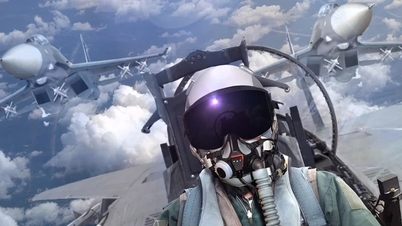

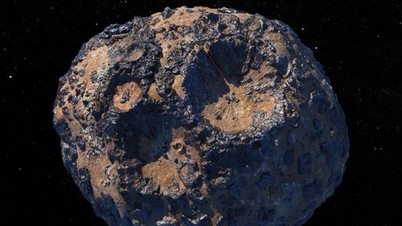
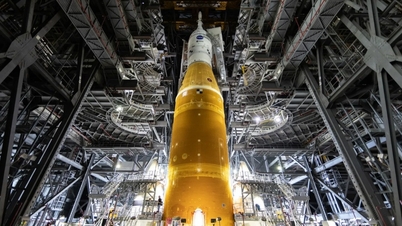

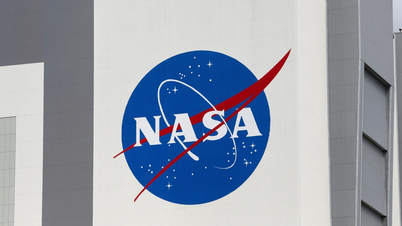

















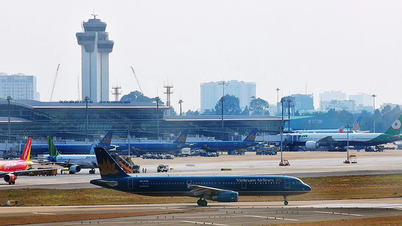











































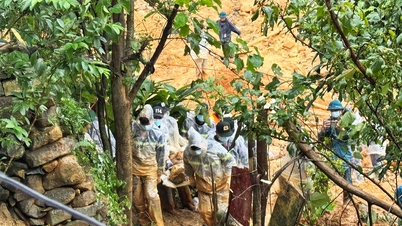





















Comment (0)